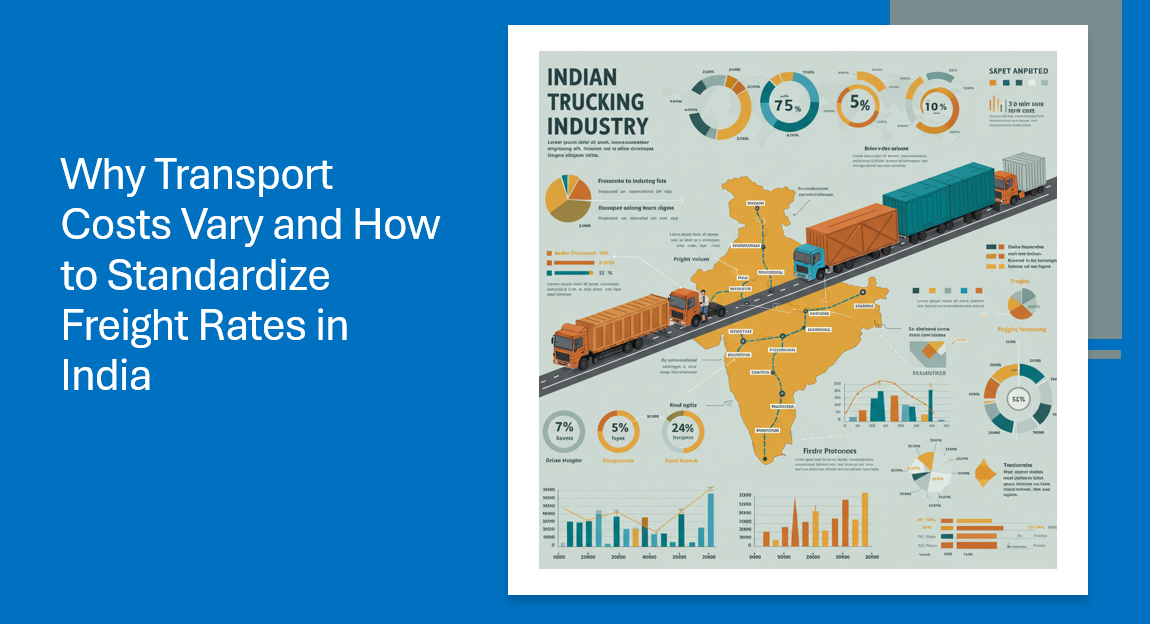India is actively working towards a potential Bilateral Trade Agreement (BTA) with the United States, aiming to enhance trade relations and expand market opportunities. Several key aspects are being considered in the preparatory phase to ensure a structured and beneficial agreement.
Key Aspects of India’s BTA Preparations
1. Terms of Reference (ToR)
India is in the process of formulating the Terms of Reference (ToR) for the BTA, which will outline the objectives, scope, and structure of the negotiations. This foundational step is crucial in setting the direction for discussions with the US.
2. Timeline for Negotiations
The Indian government has set a target to conclude the first phase of negotiations by fall 2025. This timeline provides a structured roadmap to finalize critical aspects of the trade agreement.
3. Industry Inputs
The Commerce Ministry is actively gathering inputs from various industries to compile a wish list of tariff concessions and trade preferences. Key sectors, including textiles, agriculture, and manufacturing, have highlighted their expectations, such as reduced tariffs on American imports and zero-duty structures for Indian exports.
4. Focus on Tariffs
One of the primary discussion points is tariff reduction on select commodities. India is considering lower tariffs on American pecan nuts, cranberries, and blueberries, while the textile industry is advocating for a ‘zero-for-zero’ tariff agreement, ensuring competitive pricing for Indian textile exports.
5. Textile Export Potential
A zero-duty structure on textiles could significantly boost India’s exports to the US, potentially reaching $16 billion within three years. This move would enhance India’s competitiveness in the American market, benefiting manufacturers and exporters.
6. Current Tariff Structures
Currently, the US imposes import duties ranging from 2.5% to 7.4% on Indian apparel, while India’s duties on US goods vary from 5% to 12%. A revised agreement could lead to a more balanced and mutually beneficial trade structure.
7. Cotton Imports
India heavily relies on US cotton imports for its textile industry. A well-structured trade agreement would ensure stable supply chains and competitive pricing for Indian manufacturers.
8. Stakeholder Engagement
Indian industries are actively engaged in discussions, providing insights on specific products where they seek better market access in the US. This collaborative approach aims to create a trade deal that benefits multiple sectors.
Economic Impact of the India-US BTA
A potential BTA between India and the United States could significantly impact India’s economy in various ways:
1. Increased Exports
- A ‘zero-for-zero’ tariff agreement in textiles could substantially boost exports, potentially adding $16 billion to India’s trade with the US within three years.
- Reduced tariffs on select American imports could encourage diversification in India’s export portfolio.
2. Tariff Reductions
- Lowering trade barriers can reduce costs for Indian businesses and consumers, increasing affordability and stimulating demand.
- With easier trade flows, India could attract greater Foreign Direct Investment (FDI) in textiles, agriculture, and manufacturing.
3. Greater Market Access
- Indian manufacturers could gain wider access to American markets, improving competitiveness.
- Duty-free access to US cotton and raw materials could enhance production efficiency and cost-effectiveness.
4. Job Creation
- A surge in textile and agricultural exports could generate employment opportunities, particularly in labor-intensive sectors.
- Growth in trade may support ancillary industries such as logistics, transportation, and warehousing, further driving employment.
5. Balancing Trade Relations
- A well-negotiated BTA could help address India’s trade deficit with the US by boosting exports and managing imports.
- Strengthened trade relations may lead to further economic collaborations beyond goods trade.
6. Dependence on International Markets
- Increased reliance on US trade policies and market conditions could pose risks if economic dynamics shift.
- India’s industries may need to adapt quickly to changing global trade patterns to maintain competitiveness.
7. Long-term Economic Strategy
- Entering into a BTA with the US aligns with India’s broader trade policy goals of enhancing global market integration.
- The agreement could serve as a stepping stone for further trade pacts with other major economies, strengthening India’s global trade standing.
Conclusion
India’s preparations for a potential BTA with the United States are focused on reducing trade barriers, enhancing export potential, and creating a balanced trade relationship. While the agreement promises significant economic benefits such as increased exports, job creation, and improved market access, it also presents challenges, including heightened exposure to global economic fluctuations. A well-negotiated deal, considering both opportunities and risks, will be crucial in maximizing India’s long-term economic gains from this partnership.
For daily insights, follow the LogixMindz – Daily Digest WhatsApp channel – Click “Join Now” to stay updated!








Leave a Reply